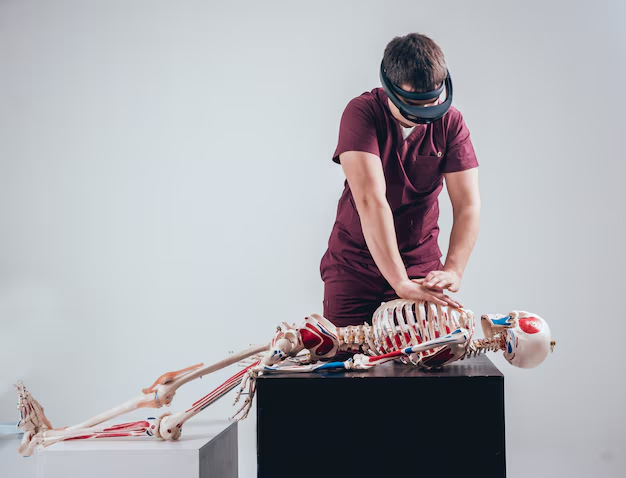How to Become a Physiatrist: Required Degrees and Certifications
Becoming a physiatrist, a medical specialist focused on physical medicine and rehabilitation, requires a commitment to extensive education and training. Aspiring physiatrists must initially obtain a Bachelor's degree, with a strong emphasis on pre-medical courses like biology, chemistry, and physics. This foundational education is crucial for gaining admission to medical school, where a Doctor of Medicine (MD) or Doctor of Osteopathic Medicine (DO) degree is essential. Medical school spans four years, combining rigorous coursework in medical sciences with practical clinical rotations across various specialties.
Post-graduation, the pathway to becoming a certified physiatrist demands completion of a four-year residency program in physical medicine and rehabilitation (PM&R). This specialized training allows future physiatrists to refine their skills in diagnosing and treating conditions related to the nervous and musculoskeletal systems, making them adept in non-surgical interventions aimed at enhancing patient functionality. To legally practice, candidates must pass the United States Medical Licensing Examination (USMLE) or Comprehensive Osteopathic Medical Licensing Examination (COMLEX-USA), and board certification by the American Board of Physical Medicine and Rehabilitation is highly recommended to validate expertise and commitment to the field. This journey underscores the importance of pursuing the right educational degrees and certifications, ensuring a successful career in physiatry.
Essential Steps to Become a Physiatrist:
- 🎓 Bachelor’s Degree: Focus on pre-medical prerequisites
- 🏥 Medical School: Obtain an MD or DO degree
- 🩺 Residency: Complete a 4-year PM&R program
- 📜 Licensing: Pass the USMLE or COMLEX-USA
- ✅ Board Certification: Pursue certification from the American Board of Physical Medicine and Rehabilitation

Related Topics
- Becoming A Neurosurgeon
- Becoming A Pediatrician
- Becoming Physician Assistant
- Becoming A Surgeon
- Becoming A Doctor
- Becoming Brain Surgeon
- Becoming Cardiothoracic Surgeon
- Becoming Family Physician
- Forensic Pathologist Duration
- Becoming A Gyno
- Heart Surgeon Timeline
- Orthopedic Surgeon Training
- Pediatric Dentist Duration
- Pediatric Doctor Timeline
- Pediatric Surgeon Training